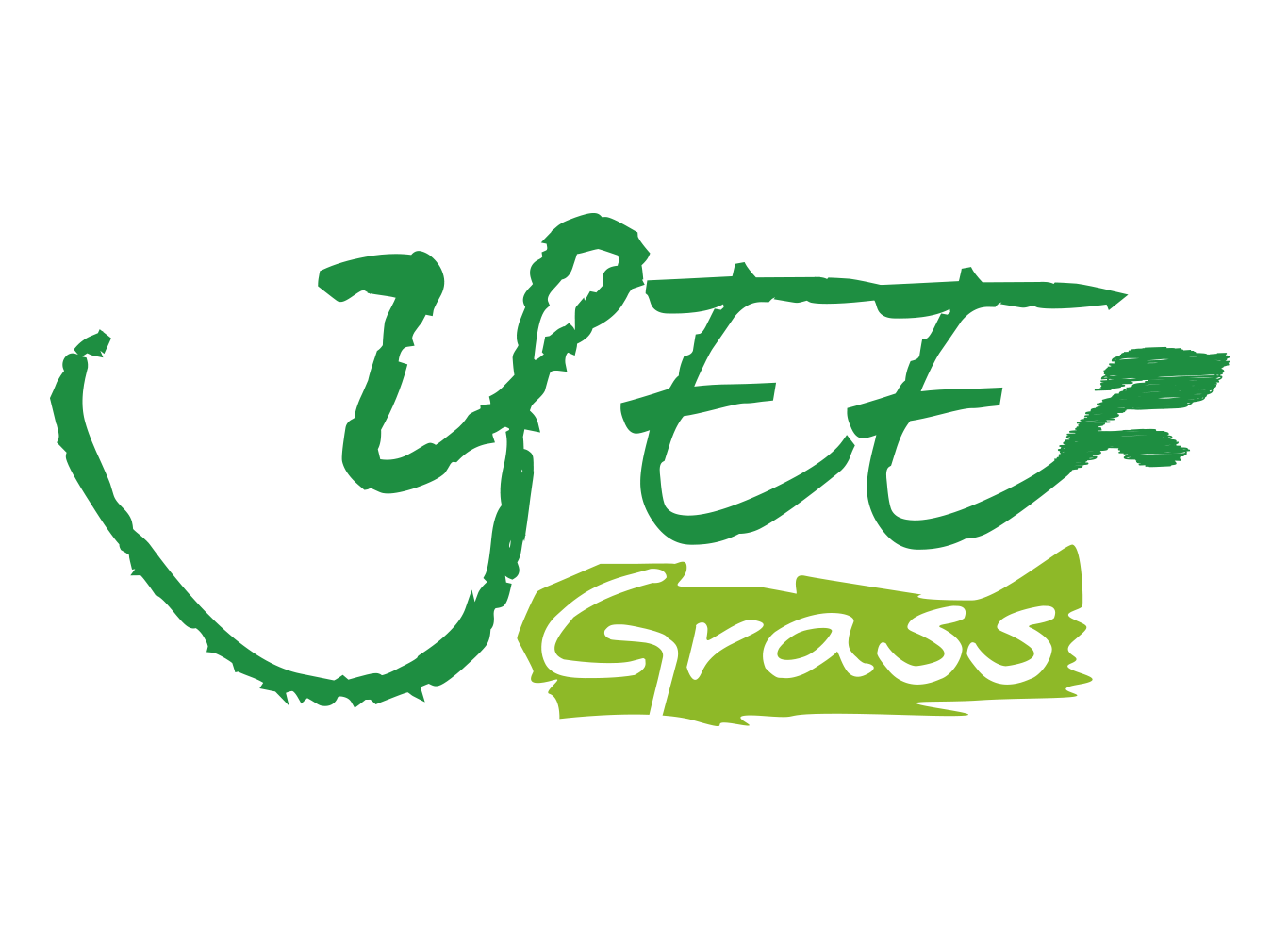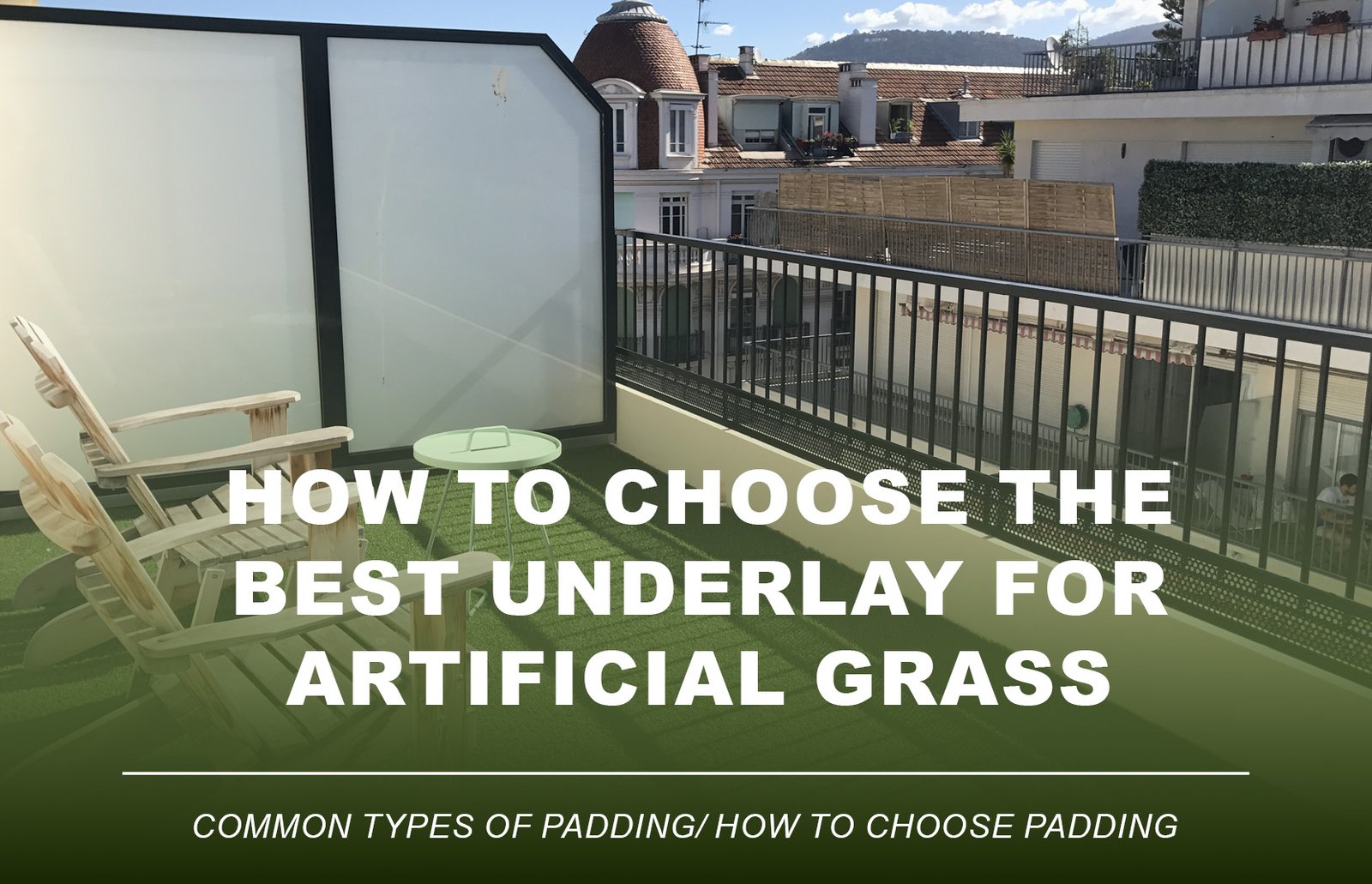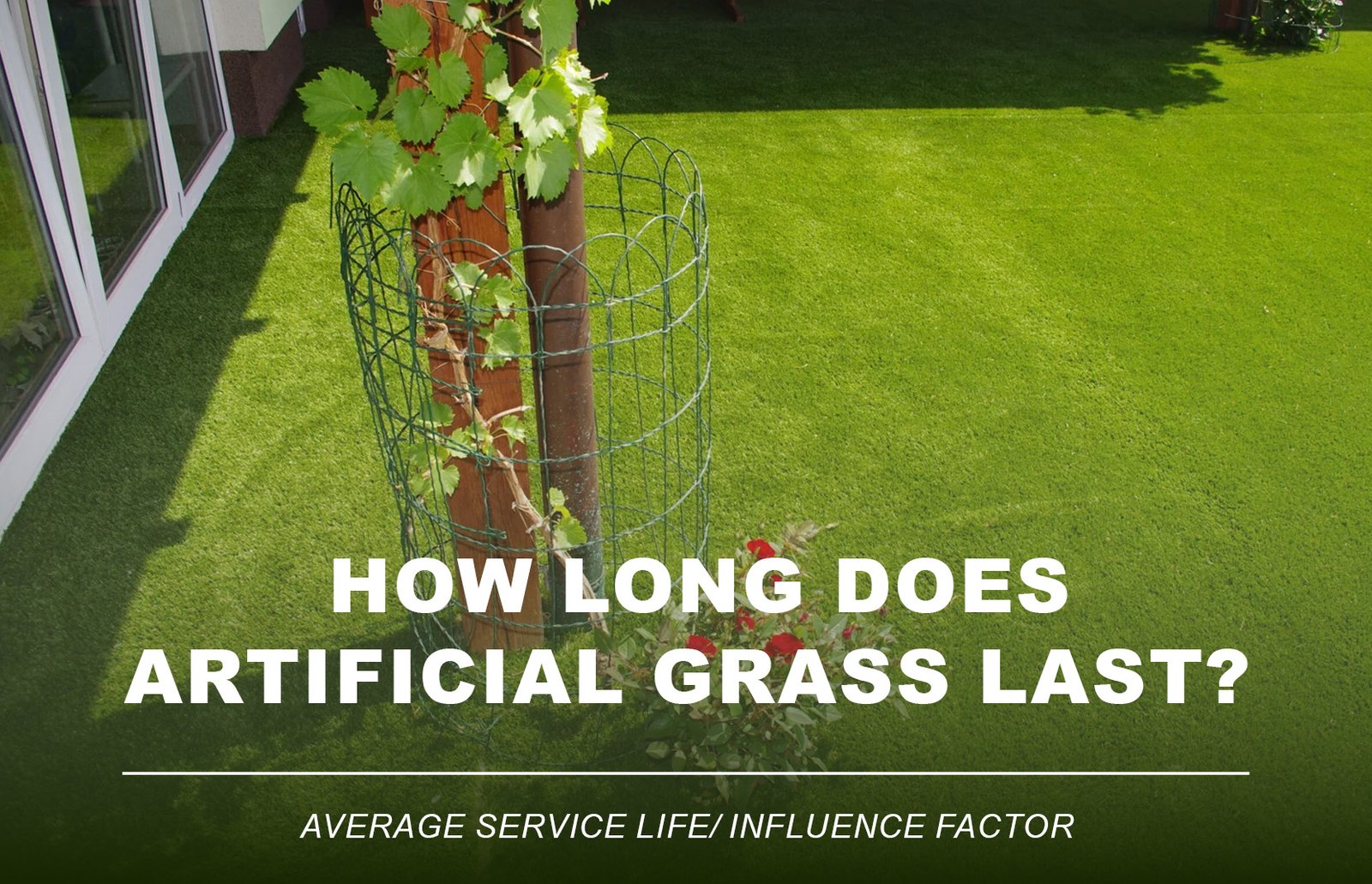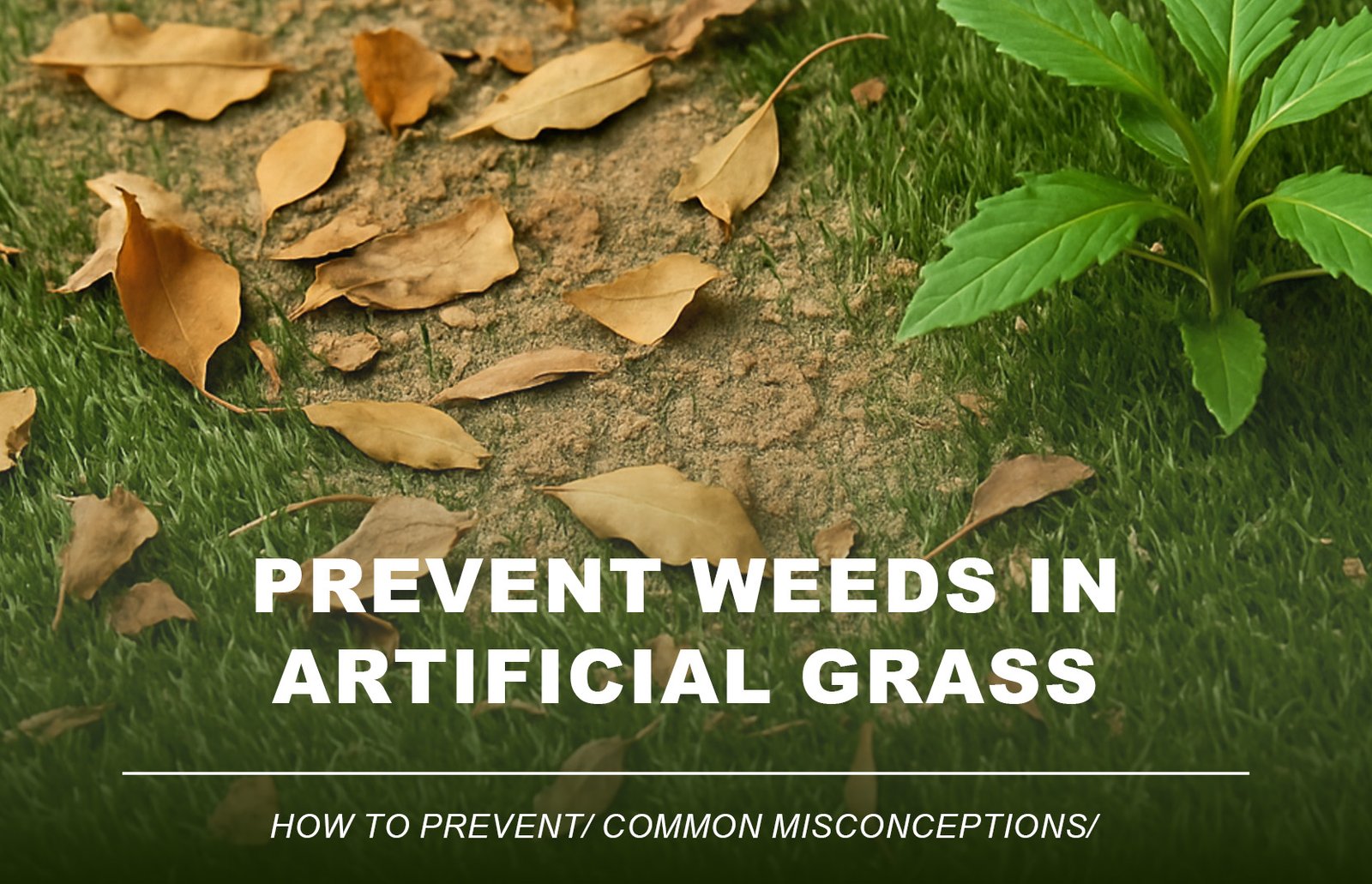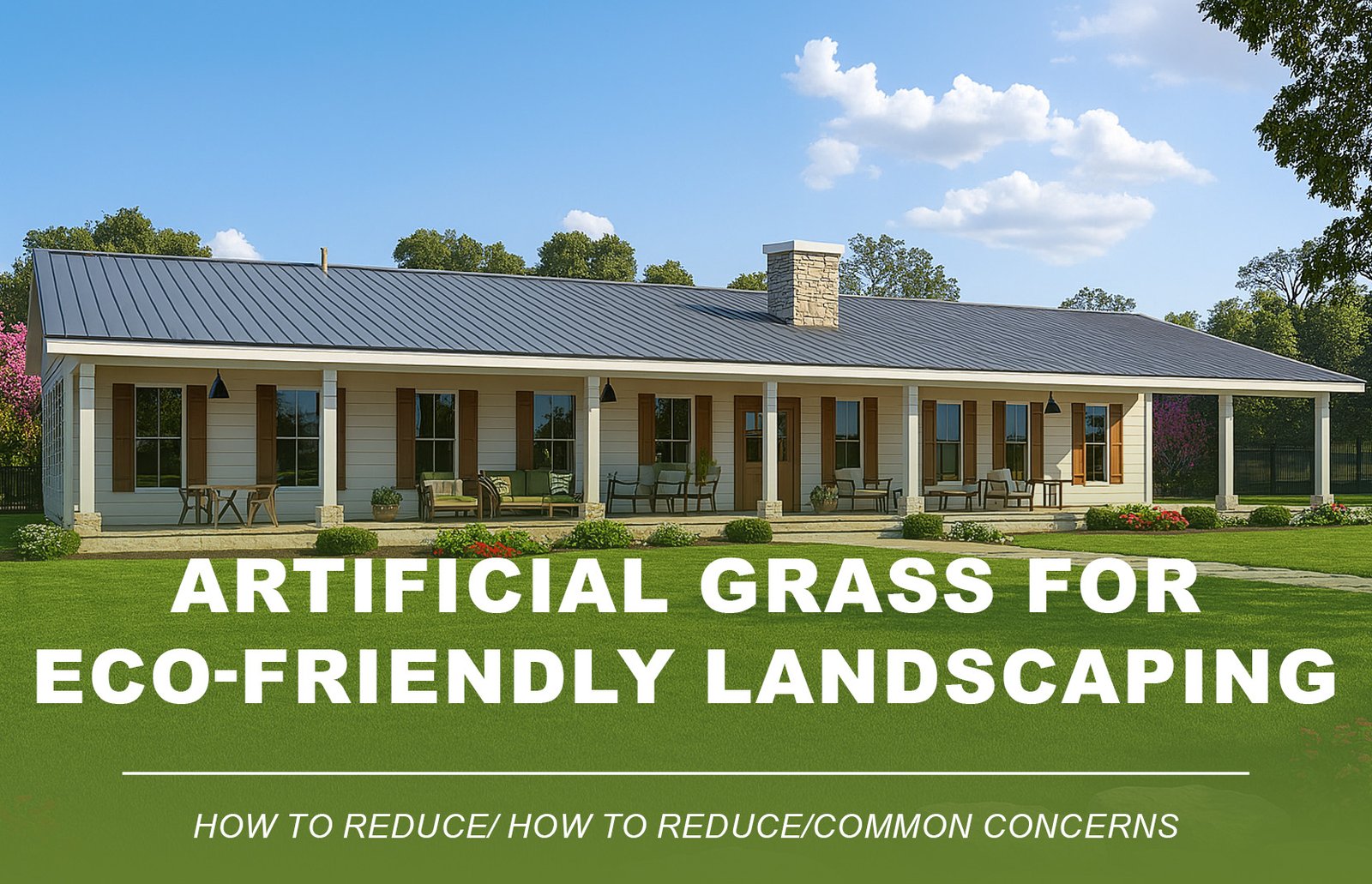
Find the right turf padding, shock pads, or drainage layer to match your surface and maximize performance.
When it comes to installing artificial grass, most homeowners and contractors focus on the turf surface. But the artificial grass underlay—also known as turf padding or a shock pad for artificial grass—is just as essential. It provides the foundation for long-term comfort, drainage, and durability, whether you’re installing synthetic turf on balconies, rooftops, or soil bases.
In this guide, we’ll explore the best underlay options for artificial turf, how to match them with your installation surface, and what factors matter most when choosing the right product.
1. Why Use an Underlay for Artificial Grass?
Installing artificial turf without the right underlay for synthetic grass can lead to drainage issues, safety risks, and a hard, uneven finish.
Benefits of a proper turf base layer include:

- Cushions impact for safer play and walking
- Improves drainage and extends surface longevity
- Adds anti-slip stability, especially on concrete or decking
- Protects subfloor materials such as wood, soil, or rooftop membranes
If you want to maximize the lifespan of artificial grass, don’t overlook the turf underlay.
2. Types of Turf Padding & Shock Pads for Artificial Grass
Below are four common artificial turf underlay options, each ideal for different environments and budgets:
(1) EVA Foam Pad

- Best for: Residential balconies, rooftop turf, soft play areas
- Pros: Lightweight, soft cushioning for comfort
- Cons: Requires additional layers for proper drainage
(2) Shock Pad

- Best for: Sports fields, playgrounds, gyms
- Pros: High shock absorption, meets safety standards
- Cons: Moderate drainage performance
(3) Rubber Underlay

- Best for: Rooftops, terraces, commercial installations
- Pros: Durable, anti-slip, mold-resistant, and waterproof underlay for synthetic grass
- Cons: Heavier and more expensive
(4) Geotextile Pad

- Best for: Garden turf, landscaping over soil
- Pros: High permeability, cost-effective
- Cons: Minimal shock absorption
3. Matching the Underlay with Installation Surfaces
To ensure both safety and performance, choose the right artificial grass base layer for your installation surface:
| Surface Type | Recommended Underlay | Notes |
| Concrete | Rubber Underlay / Shock Pad | Adds cushioning, slip resistance, and surface protection |
| Soil / Earth | Geotextile Pad + Optional EVA Foam Layer | Prevents weed growth and improves stability |
| Rooftop/Decking | EVA Pad or Rubber Turf Underlay | Lightweight and water-resistant underlay is ideal |
| Sports Field | High-density Shock Pad (10–25mm) | Certified shock absorption for safety compliance |
4. Key Considerations When Choosing Artificial Grass Underlay
Before buying, evaluate these important features in your turf padding:
- Cushioning vs. Surface Hardness – Choose shock pads for safety, foam for comfort
- Drainage Performance – Vital in rainy climates; consider drainage underlay for artificial grass
- Certifications – Look for EN71, REACH, or non-toxic ratings for playgrounds
- Environmental Safety – Opt for odor-free, recyclable materials
- Ease of Installation – Roll format or modular pads can save labor and cost

For rooftops or balconies, prioritize turf base layers that offer both shock absorption and moisture resistance.
5. Comparison Table: Common Turf Underlays at a Glance
| Type | Cushioning | Drainage | Weight | Best For | Cost |
| EVA Foam Pad | ★★★★☆ | ★★☆☆☆ | Light | Balconies, rooftops, play areas | Medium |
| Rubber Underlay | ★★★★☆ | ★★★★☆ | Heavy | Rooftops, commercial spaces | High |
| Shock Pad | ★★★★★ | ★★★☆☆ | Medium | Sports fields, playgrounds | High |
| Geotextile Pad | ★★☆☆☆ | ★★★★★ | Light | Gardens, dirt-based landscaping | Low |
6. Avoid These Common Installation Mistakes


❌ No drainage planning → results in turf mold and water pooling
❌ Foam underlay without waterproofing → causes early breakdown
✅ Proper order: Compact base → Install underlay → Lay turf → Secure edges → Power brush
7. Buying Guide: Customizing Your Artificial Turf Underlay
To get the most value from your artificial grass underlay investment:




- Measure total area and select ideal thickness (5–10mm for homes, 10–25mm for sports)
- Request custom-cut turf underlay rolls to minimize waste
- Bulk installation? Ask about volume pricing
- Shop with trusted synthetic turf suppliers
Browse high-performance turf underlays at [YourStoreURL.com]
8. FAQ: Artificial Grass Underlay
Do I need an underlay for my turf?
→ Yes, especially on concrete or rooftop surfaces where extra cushioning and drainage are essential.
What thickness should I choose?
→ 5–10mm for balconies or homes, 10–25mm for high-impact areas.
How do I ensure safety?
→ Look for shock pad underlay with EN71 and REACH certifications.
Drainage layer or sealed pad—what’s better?
→ Choose drainage underlay in wet climates; use sealed shock pads in dry, elevated areas.
Final Thoughts
Choosing the right artificial grass underlay isn’t just about softness—it’s about safety, stability, and performance. Whether you’re building a playground, installing balcony turf, or covering a rooftop with synthetic grass, investing in the right turf base layer will enhance your turf’s lifespan and your user experience.
Ready to build a better base for your turf?
Start with the best artificial grass underlay today.
